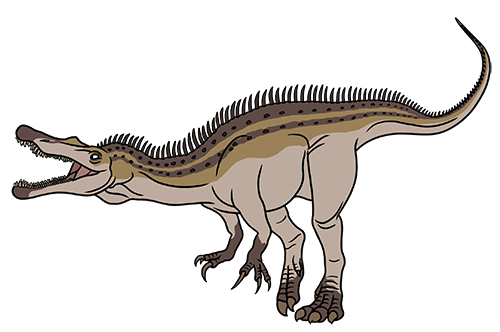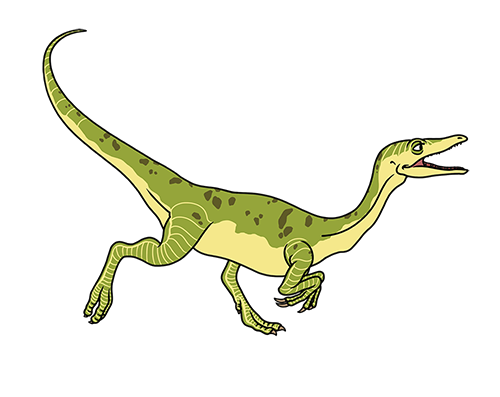4. Flood
“On that day all the fountains of the great deep burst forth, and the windows of the heavens were opened. And rain fell upon the earth forty days and forty nights” (Genesis 7:11-12).
Learn more about the Seven F’s of Dinosaurs!
Wow! Forty days and nights of rain. Water coming from within the earth. That’s a lot of water! That much water would have completely covered the earth. Indeed, God covered the entire earth with billions of gallons of water as punishment for man’s wickedness. However, in his mercy, God told a righteous man named Noah to build an ark to save himself and his family. He also sent to Noah two of every kind (in some cases seven or even seven pairs) of air-breathing, land-based animals to be protected on the ark. Since dinosaurs are land animals, they would have been included.
But what exactly is a kind? To put it simply, the biblical kind is roughly equivalent to what scientists today call a family. However, it is important to note that sometimes it equates to the order level, and other times it is down at the genus level. For example, we have the dog family, the cat family, and the cobra family. In these three cases, the word family could easily be replaced by the word kind. All the cats we have today are in the same kind/family and can interbreed to create different varieties of cats, but they’re still cats. They can’t change from one kind into another. Cats don’t turn into dogs, and elephants don’t turn into hippos. Learn more about kinds here.

Baryonyx
The same thing is true for dinosaurs. All dinosaurs belonged to one of several different dinosaur kinds. All of the raptors were likely in one kind. The ceratopsians were likely in one kind. And the spinosaurids, like Spinosaurus and Irritator, were likely in another kind. At the Ark Encounter, we’ve chosen to show Baryonyx as the representative of the spinosaurid kind.

Compsognathus
Wait, dinosaurs on the ark? They’re too big! Well, not necessarily. Many species of dinosaurs were relatively small, and those that were large had to start out small! The largest dinosaur eggs were around the size of a football. Younger animals would live much longer than older adults after the flood and would produce more offspring to spread across the earth. It is very likely that God sent juvenile dinosaurs (and other juvenile animals) to Noah.
What happened to all of the animals outside of the ark during the flood? For starters, many of the aquatic animals would have been able to survive the flood. Water is exactly what they need. Now many of them were caught in sediments and buried, as we find fossils of these marine animals today, but many kinds were likely left unharmed.
The animals who relied on land to survive (including flying animals) would have drowned, likely getting eaten by aquatic scavengers and predators. Others were rapidly buried by sediments. Because of the unique conditions of the flood, those that were buried quickly turned into the fossils we dig up today, including dinosaur fossils. That’s right! All of the dinosaur bones you see in museums today are most likely from the time of the flood. This confirms once again that dinosaurs didn’t go extinct millions of years ago. They were alive and well within the last few thousand years.

This fossilized skull of an Allosaurus is 97% complete, making it probably the largest and most complete ever found. It is on display at the Creation Museum!
After the flood was over, Noah and his family and all the animals came off of the ark and journeyed out into the changed new world. This means that two of every kind of dinosaur also came off the ark and lived for some time afterward.
- © 2025 Answers in Genesis
- Privacy Policy
- Contact
- About
